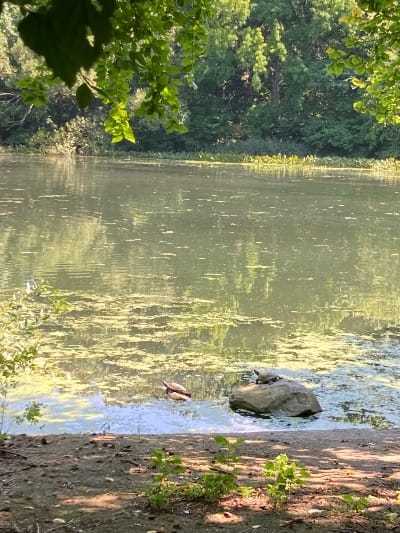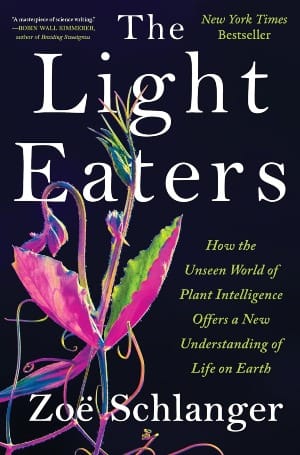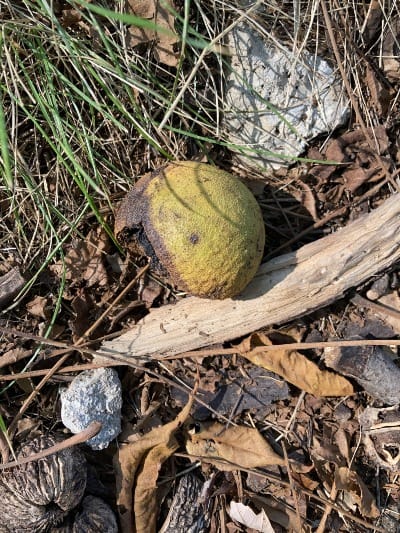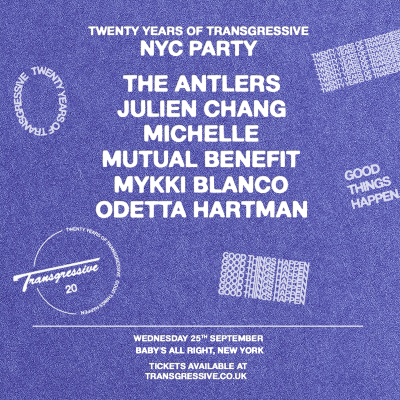#15 There is no "I" in Entanglement
Exploring the idea of nonself though The Light Eaters by Zoe Schlanger
Hello and thank for indulging the slightly longer gap between newsletters. I hope you’re enjoying summer so far! While I’m committed and have come to deeply enjoy writing these every month, I also want to honor the Zen idea of “aimlessness” where I don’t force projects to happen on a rigid schedule and instead try to live in a way where I trust the creative process while allowing presence of mind during detours, and the summer is a perfect time for detours. There have been songs to chip away at, bodies of water to jump into, books to read under shady trees, and of course visits to my beloved turtle gang before they spend the cold months napping under the pond, blanketed in mud, without even having to set an out of office auto responder.

Actually, after reading The Light Eaters by Zoe Schlanger I’m convinced that plant and animal communication is infinitely more nuanced and complex than human email. This book, recommended by Ana Woulfe’s inspirationally freewheeling newsletter, is probably one of the most affecting texts I’ve read this year. Its filled with mind-bending new science on plant behavior that culminates into a compelling case for plant “consciousness” that is helping me gain new perspective for my long running project of learning how to exist on this planet.

Consciousness is in quotes because this is just as much of a philosophical question as it is one of science. There is basically no consensus in either community about how to define this concept but there is quite a bit of bitter disagreement whether plants should be classified as having it. Schalnger builds her case piece by piece by showing how plants can recognize and treat their kin from the same crop of seeds favorably, or how vines make complex assessments of space without known sense organs. There are examples of plants synthesizing extremely subtle chemicals to suit their exact needs moment to moment whether that is attracting or repelling various insects or alerting neighbors to predators so they have time to react defensively in varying ways.
In the case of using chemicals to warn, there is even evidence of individual plants showing different thresholds of “fear” by how often they choose to deploy these alert chemicals while their plant neighbors react with varying levels of skepticism based off of how accurate the warnings have been in the past. Is this evidence of plant personality, reasoning, and memory? Or perhaps more likely a whole different process we don’t understand yet? Is there an anxious wildflower out in a field somewhere freaking out at nothing while its brethren have learned to ignore it? How incredible that there are thousands of tiny chemical interactions happening all around us in the syntax of thorns, colors and smells!
As you can see it is a slippery slope leading dangerously close to anthropomorphizing the green world with our own emotions because as far as we know, plants don’t have a centralized brain. So how do they make decisions at all? On what criteria and through which senses? Certainly they don’t experience the world in the same way as humans, yet the potential answers to these questions potentially upset some of the basic assumptions of how Western science has studied and classified plants since the enlightenment. It seems much of what makes plants so alien to us is instead of having legs like animals, plants have evolved to stay rooted in one place and survive by being in such close collaboration with its environment that, to us, it IS the environment.

This blurring of subject/object reminds me of the Zen idea of nonself which basically says that what we think of as "ourself" is actually made up of non-self parts. This could be the food giving us energy, the bacterial civilization that rises and falls to digest said food, the literal space dust that makes up the elements that make up our bodies. This also includes the non-physical, like deeply internalized attitudes and customs absorbed from the cultures we belong to. Where does self begin and end? I love how Schlanger uses the word “porous” to describe this shifting boundary. In the case of plants it is easy to see this porousness in action in how their intelligence stems from their non-centralized, networked way of existing.
Out of my newbie understanding of Zen, the paradoxical idea of nonself has been one of the most difficult to grasp and even harder to figure out how to put into practice yet I find these little glimpses to be very rewarding. That I am both myself AND my surroundings, that we inter-be, takes a lot of pressure off of me, not so I can become overly relativistic or nihilistic, but so that I can nurture genuine compassion for all the types of human and non-human communities that make up what it is to be me. It makes me less afraid of failure and judgement and want to seek deeper connection with human and nonhuman communities. Most importantly, it makes me think of myself less as a discrete entity made anxious by my separateness and instead embrace my own porousness.

Schlanger wrote in the conclusion of The Light Eaters that she hoped her book would change the reader’s perspective on plants, to see that they are not just something in the background to be ignored or exploited but to actually be seen as teachers. As I've tried to take this advice to heart, the walks around my neighborhood have filled me with renewed wonder as I take the time to look more closely at the local plant communities. I stare at my houseplants and wonder what micro decisions they will make that day and hope, probably irrationally, that they are ok being held captive by me. Recently I played a show with my wonderful bandmates and I tried to bring this new porous awareness into the performance. I started thinking of us as a single networked musical organism in a concentrated state of listening and adapting and acting just like the rest of the living world has already long figured out how to do.
Thank you for reading, if you are in NYC there is one more chance to catch this musical organism before I probably enter recording exile for a bit. Tix here.

I’m always updating my Stellar Transmissions playlist of favorite tunes from friends and foes.
This newsletter is emailed directly to subscribers $1 and higher but it is available for free on my website if you are signed up for free band updates . Thank you for your support and always feel free to get in touch to say hi, collab, ask about songwriting lessons, send me recommendations, etc.
Almost Autumnally, Jordan
